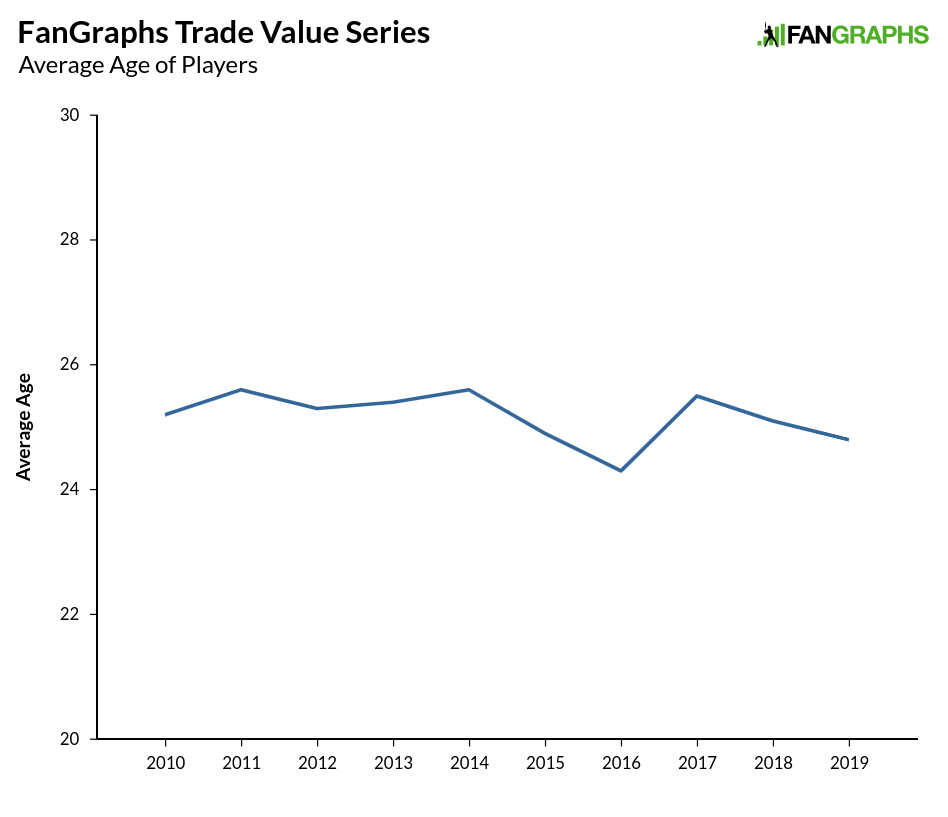Shane Greene Heads to Atlanta for Modest Return
The Tigers are rebuilding as the Braves have tried to build a bullpen on the fly all season long. The match between the two teams is an easy one to make, and Ken Rosenthal is reporting that the Tigers are close to trading away closer Shane Greene to the Braves. Robert Murray has added the return for the Tigers. Here’s the deal:
Braves Receive:
- RHP Shane Greene
Tigers Receive:
- LHP Joey Wentz
- OF Travis Demeritte
A season ago, Greene racked up 32 saves for the Tigers, but he generally wasn’t a very good reliever. His ground-ball rate at 40% was lower than in previous seasons, and too many fly balls meant too many homers and a 4.61 FIP and an ERA over 5. This season, Greene was able to get back to his ground-balling ways with a sinker/cutter/slider arsenal, and he’s been a pretty good pitcher as a result. Looking at Greene’s ERA might lead one to believe he is a great pitcher, but the underlying numbers don’t completely support that greatness.
Greene has a 1.18 ERA, which is certainly really good. Only Kirby Yates‘ 1.02 mark bests Greene among relievers this season. Expecting Greene to continue to post a 1.18 ERA is folly. He has struck out 29% of batters, which is good, while walking 8% of batters, which is roughly average. His ground-ball rate on the season is 54%, and that’s going to keep the ball in the park and limit damage, but those things alone aren’t enough to take a 3.80 FIP, which is about 20% better than average in these heightened run environments, and move it to a 1.18 ERA.
Greene’s BABIP is .181 and his left-on-base rate is 85%, and neither number is sustainable going forward. He’s also given up six runs on the season which weren’t earned, more than double his total of five earned runs. This isn’t to say Greene isn’t good, but it is enough to say Greene isn’t great. Over at Statcast, his xwOBA is a solid .282, but his actual wOBA is about 60 points lower. Greene is a solid addition to the Braves pen, and 15 years ago, the ERA and saves might have netted the Tigers a top-50 prospect. Today, Greene is another solid reliever among many available at the trade deadline. The Braves are likely to pay a premium for that need, but their top prospects were always going to be off limits. Read the rest of this entry »


